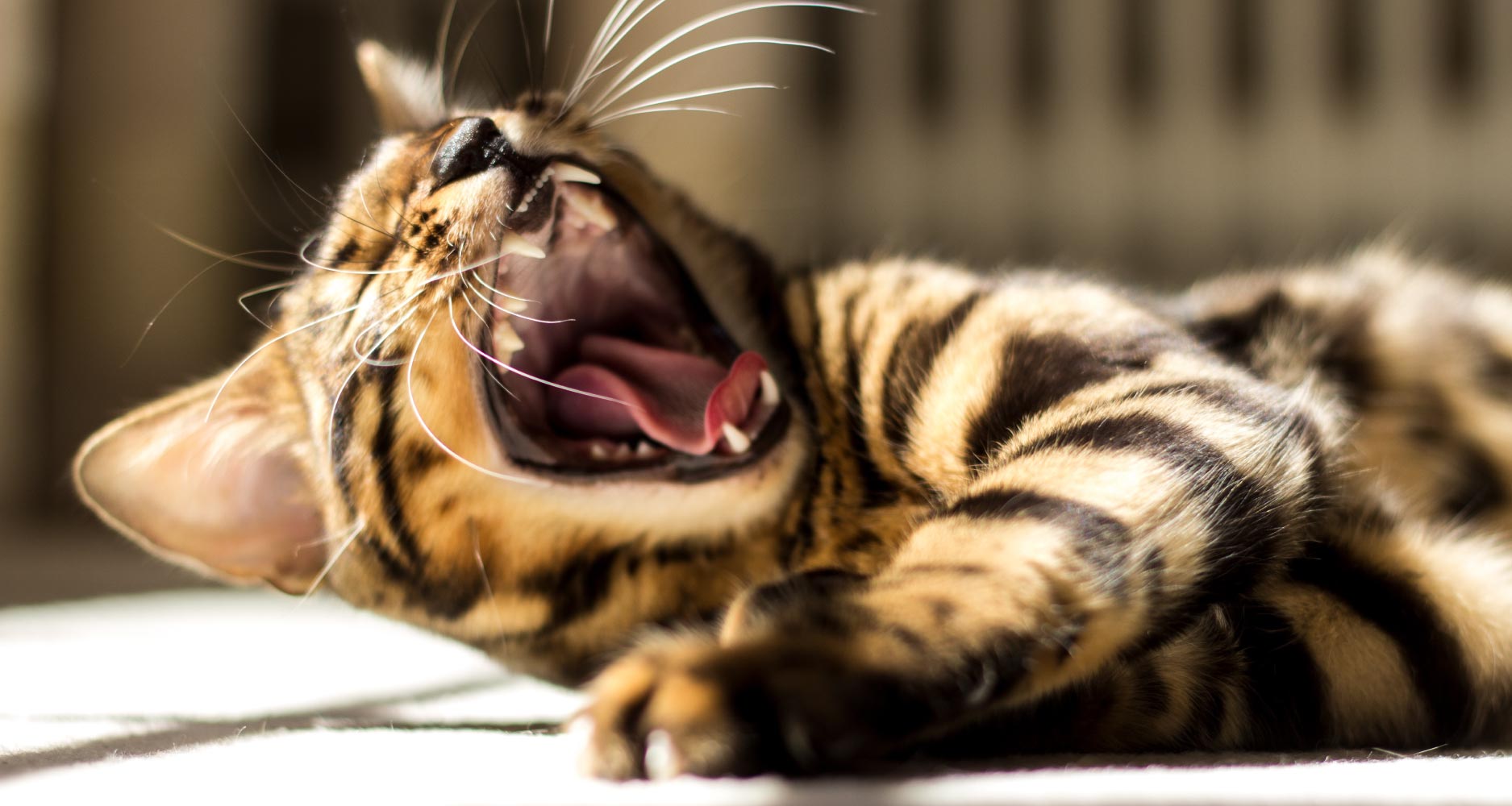HEALTH & WELLNESS

TRENDING
Feline Tooth Resorption: What You Need to Know

DID YOU KNOW?
Feline tooth resorption, otherwise known as Feline Resorptive Lesions (FRLs), are one of the most common dental problems that affect felines.
BASIC TOOTH ANATOMY
First Layer: Enamel
Second Layer: Dentin (Surrounds Pulp)
The pulp chamber sits below the dentin layer. The pulp is the most important part of the tooth consisting of soft living blood vessels, connective tissue and nerves.
What is Tooth Resorption?
Resorption is the process by which something is reabsorbed. Add the word ‘tooth’ and you get a condition that causes the disintegration of teeth.
Odontoclasts (dentine-destroying cells) are responsible for the process. They cause enamel to be resorbed which destroys the tooth root surfaces. Affected teeth systematically break down (as layers are resorbed) until deterioration causes them to fracture.
When the dentin layer no longer protects the pulp cavity, sensitivity and pain may be experienced.
Causes of Feline Resorptive Lesions
There are theories, but the cause of FRLs, why the body releases odontoblasts, is unknown.
Is My Cat at Risk?
Unfortunately all cats are at risk of developing FRL. It is estimated that 70% of cats over the age of five have at least one FRL.
Signs and Symptoms of Tooth Resorption
Contact your veterinarian if you notice any of the following:
- Pain
- Swelling
- Drooling
- Weight loss
- Difficulty eating
- Preferring to eat on one side
- Fractured tooth
- Sensitive mouth or petting around the face
- Lack of appetite
- Bloody saliva
- Tooth loss
Diagnosing Tooth Resorption in Cats
A professional oral examination is usually necessary to discover lesions, which can be hidden. Some FRLs can be diagnosed during an oral examination but sometimes dental probing under a general anaesthetic or dental X-rays are required. That’s why routine feline health checks are important.
How are FRLs in Cats Treated?
Treatment will depend on the extend of the FRL, the affected cat’s situation and needs. The cavities produced by FRLs are not due to decay, therefore fillings are generally unsuccessful and it is likely the tooth will need to be removed.
How to Prevent Tooth Resorption in Cats
Since the cause is unclear, FRLs can’t be prevented yet. That’s why frequent veterinary visits (to identify and treat problems early) and proper oral care (to prevent disease) are important.
Related Articles













